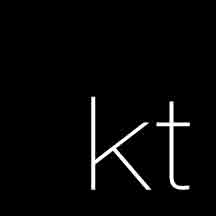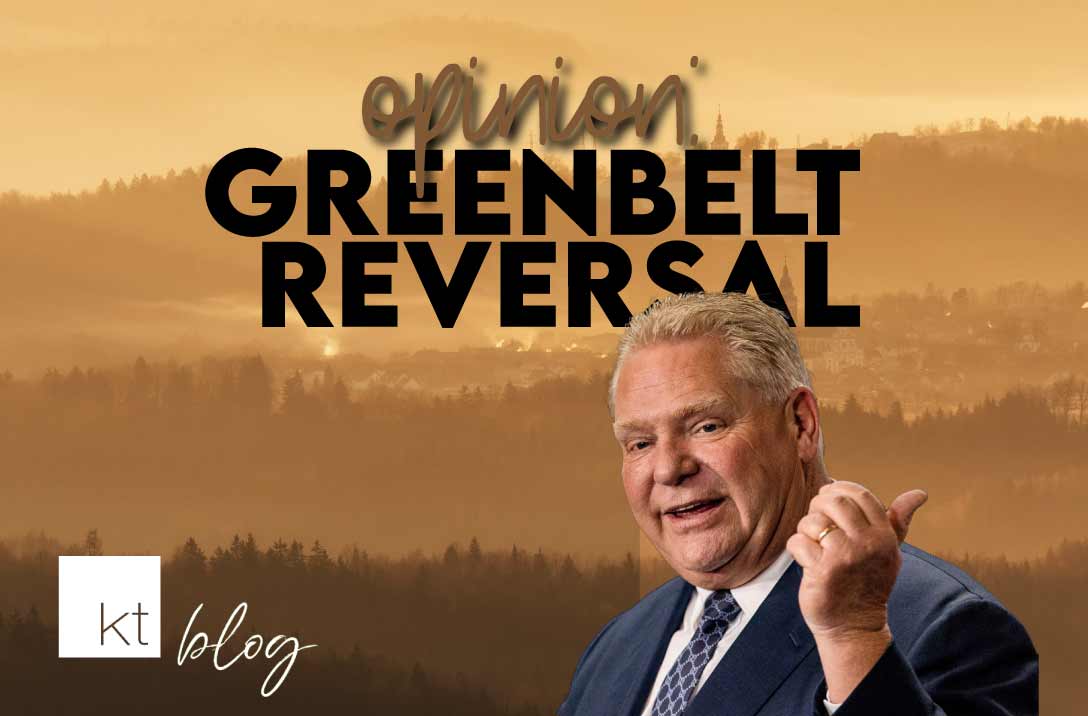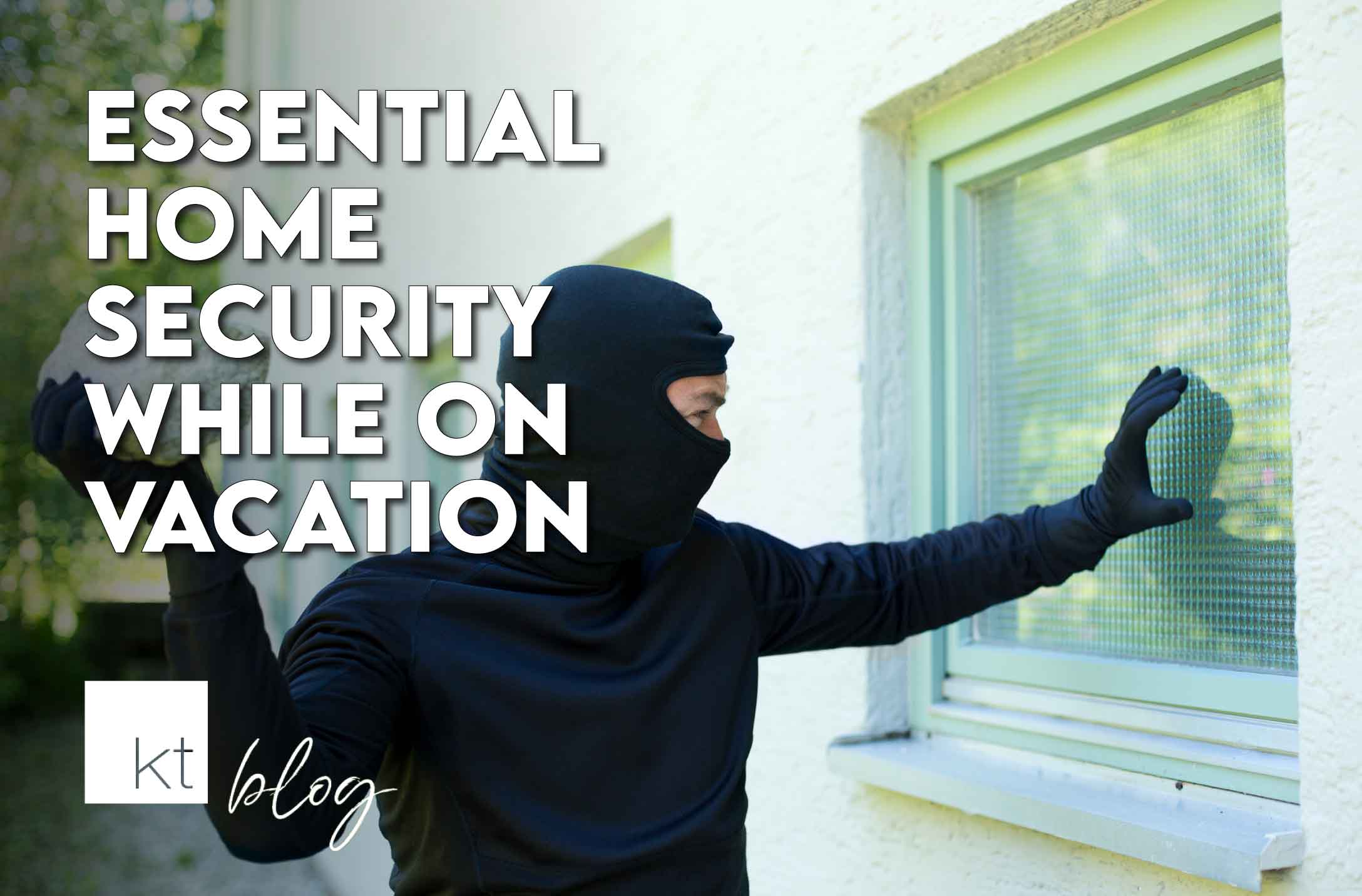In a recent episode of KT Confidential | The Real Estate Podcast, we discussed Doug Ford’s decision to reverse his plans to open the Greenbelt to developers. There has been much controversy since plans were announced to open 3,000 hectares of the Greenbelt to develop 50,000 residential houses after promising he would leave the land intact.
The auditor general also found that decisions were “biased” in favour of certain developers who would potentially make $8.3 billion from their development. This article breaks down the timeline of key events.
How does this decision affect the future of Ontario’s real estate market? Please keep reading for our insights on what this could do to property values and investment opportunities.
Adrian’s and Ariel’s thoughts on opening up the Greenbelt and the reversal.
We saw three primary issues: one, the environmental aspect; two, the more controversial discussion surrounding how Doug Ford’s government selected the land and the builders who benefited; and three, how there was no control or requirement to build specific housing types.
Selecting Greenbelt Land to Open for Development
In terms of the selection process, there should have been transparency. They should have incorporated public voting and open bids. The quick and biased decision-making process ruined the idea before it ever got started, costing tax-payers dollars.
The Greenbelt is 810,000 hectares of protected farmland, forest, and wetland between Niagara Falls and Peterborough. At one time, there was a proposal to remove 2,995 hectares of these protected lands to build housing but add 3,804 hectares to the Greenbelt elsewhere –some of which was already protected. Without diving deeper into the specific environmental impacts, it seemed like a reasonable solution to offer up around the same amount of land to be added to the Greenbelt as the amount they removed.
What to Build on the Greenbelt
The plan was to build 50,000 homes to contribute towards the government’s target of 1.5 million homes in the next ten years –hardly a drop in the bucket — and to begin construction by 2025.
We think that if you’re opening up this land to contribute to this lofty goal — protected, controversial land — why do it if it only gets you marginally closer to your goal? If you’re allocating Greenbelt to service this goal, high-density should be mandatory. It should not be a subdivision of multi-million-dollar estates, yet there was no requirement or knowledge about what would be built.
In our home turf, Milton, Ontario, real estate development is rampant. There’s a lot of controversy surrounding high-rise, high-density developments. Not only from the perspective of NIMBYS fighting against developments, understandably and expectedly but there’s also the argument of the lack of infrastructure to service the increased population.
Nobody talks about commercial real estate. Where are the businesses needed to service the increased population going to set up shop? Most suburban municipalities have a severe shortage of available retail space.
With bad decisions and delays such as we’ve now experienced, the goal of 1.5 million homes seems an unlikely accomplishment.





